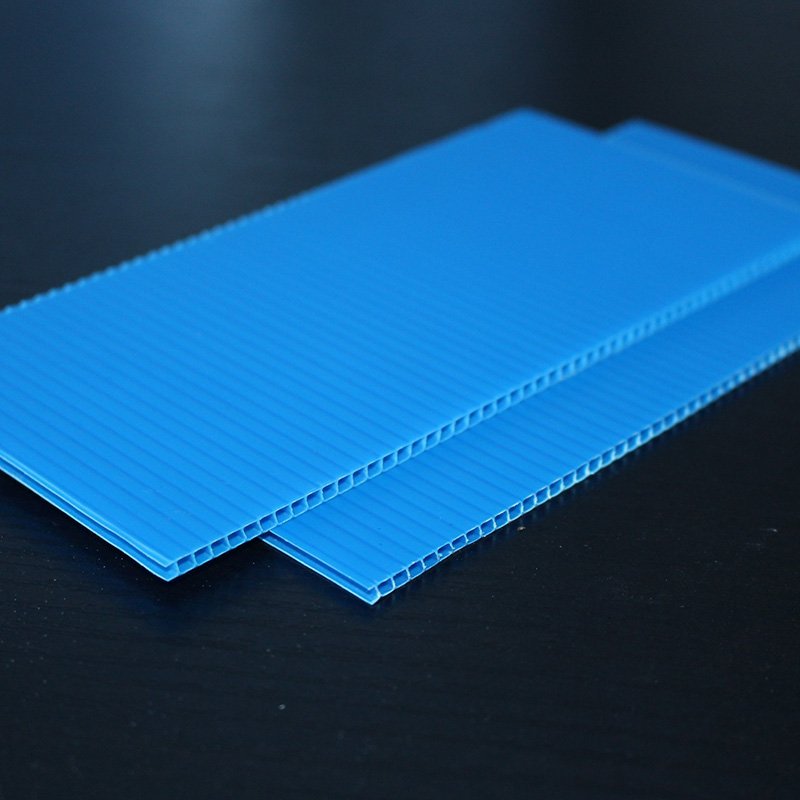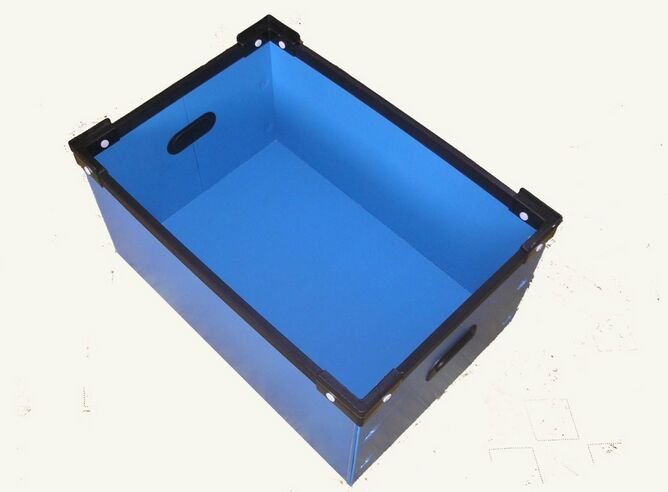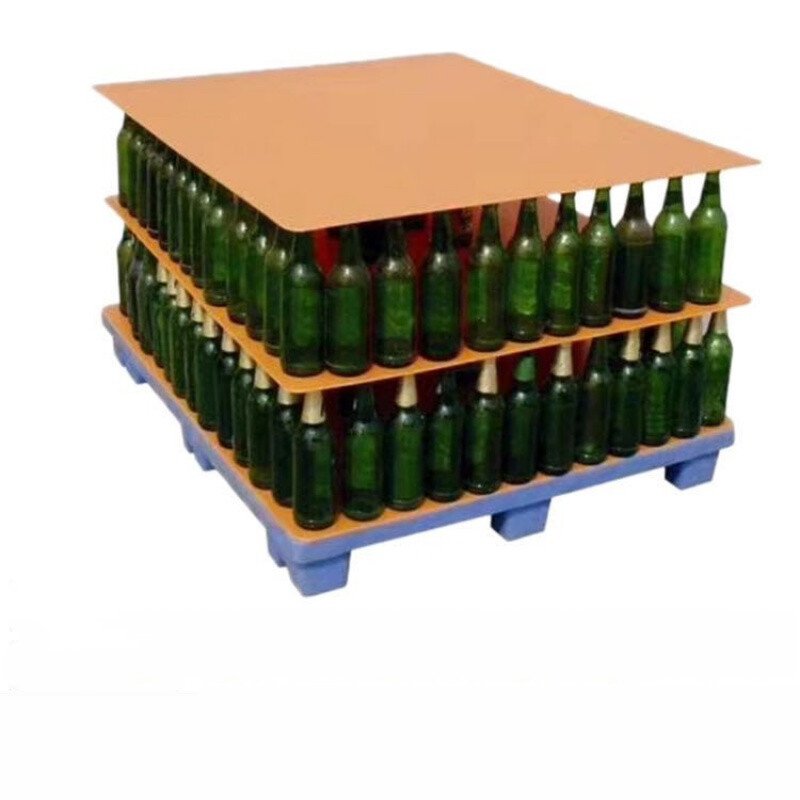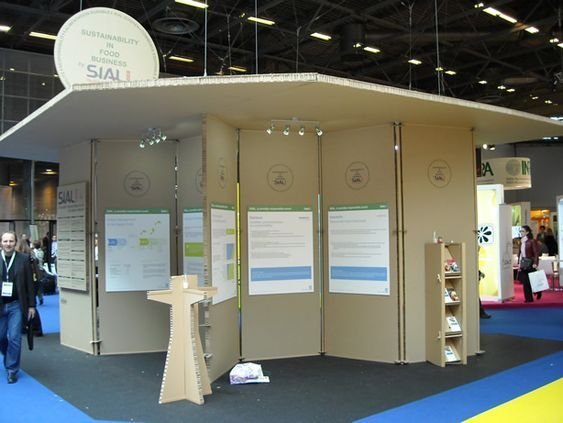Plastic materials have revolutionized various industries due to their versatile properties. Two prominent plastic-based products, plastic hollow boards and plastic honeycomb panels, have gained attention for their unique characteristics and wide-ranging applications. Let's delve deeper into these materials, their properties, applications, and advantages.


Plastic Hollow Boards: Versatility in Packaging
Plastic hollow boards, known by various names such as hollow partition boards, Vantone boards, double-wall boards, and corrugated boards, are crafted from modern chemical high-density polyethene (HDPE) and high-density polypropylene (HDPP) materials. These boards stand as a novel material characterized by their lightweight, non-toxicity, waterproofing, shock resistance, anti-ageing, and corrosion-resistant properties.


The hallmark feature of plastic hollow boards is their hollow structure, which contributes to their low thermal conductivity and excellent insulating qualities. These boards are an eco-friendly choice, fully recyclable and devoid of polluting elements. This makes them an ideal alternative to traditional packaging materials, significantly reducing environmental impact. Their applications span various domains, from industrial product packaging turnover and pallets to display boxes, advertising boards, food packaging, and partitioning materials. This versatility has transformed packaging lines, introducing efficiency and sustainability.
Plastic Honeycomb Panels: Engineering Excellence in Construction


On the other hand, plastic honeycomb panels, composed of plastic sheets laminated with honeycomb material like PVC, PET, or PP, exhibit an intricate structural design inspired by the I-beam concept. The surface plate mirrors the I-beam's wing plate, effectively handling positive stress, while the honeycomb core replicates the web of the I-beam, excelling at resisting shear stress. The honeycomb structure, available in hexagonal circular holes or semicircular groove patterns, grants these panels superior strength-to-weight ratios.

Selecting the Right Solution: Honeycomb Panels for Structural Excellence
When opting for greater structural integrity, plastic honeycomb panels emerge as the preferred choice. By precisely combining surface materials and honeycomb cores, these panels exhibit lightness, strength, and stiffness in perfect harmony. Customized selections result in anti-seismic, heat-insulating, and sound-insulating panels, serving as fireproof, heat-insulating, or soundproof solutions. This adaptability stems from the remarkable heritage of honeycomb panels, originating in aerospace applications and later permeating architecture, transportation, and industrial sectors.
In essence, plastic hollow boards and plastic honeycomb panels share common attributes, such as low thermal conductivity, shock resistance, lightweight design, corrosion resistance, flame retardance, waterproofing, and eco-friendliness. However, their structural differences define their areas of excellence. While plastic hollow boards shine in packaging and environmental sustainability, plastic honeycomb panels excel in construction, transportation, and architectural applications. Their distinct features make them indispensable components across diverse industries, where they contribute to innovation, efficiency, and sustainable progress.

